Vegetables that start with B play a vital role in our daily diet, adding vibrant flavors to our meals. If you want to expand your vegetable repertoire, why not explore the fascinating world of vegetables that start with the letter B?
Bursting with flavor and packed with culinary possibilities, these best B-list foods can elevate your culinary creations to new heights.
In this post, you’ll discover these veggies in detail with various characteristics, such as appearance, texture, flavor, and origin. Moreover, you’re able to find some famous B fruits for a comprehensive knowledge about these natural items.
Let’s begin with the list of veggies starting with B.
20 Vegetables That Start with B with Filters
Below are 20 veggies with filters for you to quickly search them based on various characteristics, like exotic, fruit veggies, for dishes or beverages, or as garnishing items.
Bell Peppers
- For Dishes
- For Garnish
Bell peppers, also known as sweet peppers, or capsicums, is a type of non-spicy pepper.
They have a bell shape with thick, crunchy flesh and come in various colors. It’s popular in North America, South African, and Asian cuisines.
Their flavors range from the slightly bitter green bell pepper to the sweeter red, yellow, and orange varieties, and the unique purple and chocolate bell peppers with their fruity and earthy tones, respectively.
Bell peppers are incredibly versatile in cooking. You can use them raw in salads for crunch, roasted for sweetness, or stuffed and baked.
Broccoli
- For Dishes
Broccoli, a flower vegetable from the Mediterranean, belongs to the cabbage family and shares a close relation with cauliflower, kale, and Brussels sprouts.
It possesses a compact head of dark green florets on a thick stalk, offering a firm texture and a mildly earthy, slightly bitter taste.
It’s commonly used in Western steamed or boiled dishes, Asian stir-fries, Indian curries, and Mediterranean roasted dishes. Or you can also enjoy them raw in salads.
Butternut Squash
- For Dishes
- Fruit Vegetables
Butternut squash or butternut is a type of winter squash native to the Americas. It’s a fruit vegetable with a pear-like shape, tan rind, with a bright orange, fleshy pulp.
Inside, it contains a hollow seed chamber in the lower bulbous part. When ripe, its texture becomes increasingly creamy.
Widely used in global cuisines, butternut squash is often roasted and can be used interchangeably with pumpkin in Australia or made into soup and grilled with spices in South Africa.
Butternut squash is highly versatile in the kitchen; it can be roasted, pureed for soups, mashed, or used in baking.
Beetroot
- For Beverages
- For Dishes
Beetroot, often simply called beet, is a root vegetable with a deep purple color, though it can also come in varieties of red, yellow, or white.
Its flesh is dense and crisp raw but tender when cooked, offering an earthy taste with sweetness.
They are good for eating raw in salads, cooked, pickled, or juiced. Plus, beetroot is rich in essential nutrients, such as fiber, vitamins, and minerals.
Black Beans
- For Dishes
Black beans or black turtle beans are a legume originating in the Americas. They have a compact oval shape and are typically shiny and black in color, although some varieties may have a slight purple hue. You can also see a tiny white dot on the bean.
When cooked, they maintain a firm yet smooth texture, easily mashed into a paste, and provide a mild, earthy taste with a hint of sweetness.
Black beans are a staple in Latin American, Mexican-American, and Caribbean cooking. Locals often cook and use them as a filling for burritos, tacos, and enchiladas, or in soups, stews, salads, and chili.
Additionally, they can be mashed or pureed and used as a base for dips or spreads.
Broccolini
- For Dishes
Broccolini is a hybrid between broccoli and Chinese kale. It has a slender and elongated stem topped with small, undeveloped florets.
Its appearance is similar to sprouting broccoli with smaller heads. Broccolini’s texture is tender and slightly crunchy, with a milder and sweeter flavor compared to traditional broccoli.
Broccolini regularly acts as a side dish, added to stir-fries and pasta dishes. It pairs well with other veggies, meats, and seafood.
Brussels Sprouts
- For Dishes
Brussels sprouts, originating from Brussels, Belgium, are small leaf vegetables from the cabbage family. The veggies are famous for their dense, firm buds that resemble miniature cabbages.
Popular varieties include Catskill, Diablo, Green Gems, Jade Cross, etc. These sprouts are commonly roasted, steamed, stir-fried, or pickled across various cuisines.
To enhance their flavor, bacon, garlic, or lemon are ideal, which also offset their slight bitterness.
Bean Sprouts
- For Dishes
- For Garnish
Bean sprouts (or mung bean sprouts or simply sprouts) are soft, young sprouts growing from mung bean seeds.
These sprouts are characterized by their crisp texture and mild, slightly nutty flavor.
They are a staple in many Asian cuisines, often used in stir-fries, soups, salads, and as a topping for dishes like pho, spring rolls, and pad thai.
FYI, bean sprouts, counted as a legume, have been produced and consumed in Asia for 5000 years, specifically in China and Southeast Asian countries.
Black Eyed Peas
- For Dishes
Black-eyed peas are small, creamy-white legumes with a distinctive black mark, or “eye,” on their curve, hence their name.
They are known for their earthy flavor and firm texture, which holds up well during cooking. Black-eyed peas are popular in Southern cuisine and around the world.
They are often stewed with vegetables and spices, served as a side dish, or included in salads.
Bok Choy
- For Dishes
Bok choy (or Chinese cabbage or pak choi), originated in China, are a veggie with thick white stalks and dark green leaves.
It offers a mild, slightly sweet flavor with a hint of bitterness, becoming crisp when raw and soft yet crisp when cooked.
Varieties include baby bok choy, Shanghai bok choy, and Canton bok choy, each differing in size, texture, and sweetness.
They are widely used in Asian cuisine for stir-fries, soups, and dumplings. Today, bok choy has also been popular in Western and fusion dishes, from salads to noodle bowls.
Broad Beans
- For Dishes
Broad beans, or fava beans, are a legume native to Iran, featuring large, flat pods with green, firm-textured beans inside.
Broad beans are often shelled from their pods and sometimes even skinned before eating.
These beans are earthy and slightly nutty in flavor, becoming creamy when cooked. Key varieties include Aguadulce, Bunyards Exhibition, Superaguadulce, The Sutton, etc..
You can put them in salads, soups, and stews, or simply boiled and seasoned as a side dish. Rich in protein, fiber, vitamins, and minerals, broad beans are a nutritious addition to the diet.
Bamboo Shoots
- Exotic
- For Dishes
Originating from East Asia, bamboo shoots are used as vegetables. These shoots have a cylindrical, pale yellowish appearance and offer a tender, crisp texture when young, with a mild and slightly sweet flavor.
It’s integral to Chinese, Japanese, and Southeast Asian cuisines. Widely used in stir-fries, soups, curries, and noodle dishes, bamboo shoots can add a crunchy texture and subtle taste to dishes.
These veggie shoots can also be boiled, braised, pickled, or fermented, as seen in Japanese, Chinese, and Nepali dishes, including popular options like Vietnamese duck and bamboo shoot noodles.
Banana Squash
- For Dishes
- Fruit Vegetables
Banana squash, known scientifically as Cucurbita maxima, originates from Central and South America and is named for its elongated, banana-like shape.
It has a thick, smooth skin ranging from light to dark yellow or pinkish, with firm, vibrant orange flesh that becomes creamy and tender when cooked, offering a mildly sweet and nutty flavor.
Banana squash is a common choice in American, Mexican, and Caribbean cuisines. It’s ideal for roasting, baking, and as a base in soups, stews, curries, and traditional dishes like calabacitas and meatless enchiladas, enhancing both savory and sweet dishes.
Betel Leaf
- Exotic
- For Dishes
Betel leaf is a leaf vegetable that is native to Southeast Asia and India. It is also commonly referred to as paan leaf or betel quid.
Betel leaves have a heart-like shape with a glossy, deep green color. They are relatively thick and have a smooth texture. The flavor of betel leaves is peppery and bitter, which is stronger than a rocket. When chewed, they provide a refreshing mouthfeel.
Betel leaves are traditionally used in Southeast Asian and Indian cultures to wrap paan—a mix of areca nut, tobacco, spices, and sweeteners. They can also encase minced meat or seafood for steaming or grilling.
Bitter Melon
- Exotic
- For Dishes
Bitter melon, originating from India and now grown in tropical areas, comes in two main varieties: the long, bumpy, pale green Chinese type and the darker, warty Indian “Karela.”
This fruit vegetable is known for its crisp, watery flesh and distinct bitter flavor. In India, it’s mixed with yogurt or used in curries, while in China, it’s included in stir-fries and teas.
Southeast Asia sees its use in dishes like Myanmar’s dried shrimp and tomato mix, Vietnam’s stuffed bitter melon soup, and the Philippines’ stir-fry with beef, eggs, and tomatoes
Broccoli Rabe
- For Dishes
Broccoli rabe, also known as rapini, is a leafy green from the Brassica family. However, it’s not a true broccoli but related, with origins in the Mediterranean.
It has dark green stems, leafy greens, and small broccoli-like buds. Its flavor is slightly bitter and earthy.
Broccoli rabe is prominent in Italian cuisine, and can be sauteed, braised, or used in pasta and sandwiches. It often goes with a garlicky or lemony dressing.
Burdock Root
- Exotic
- For Dishes
Burdock root is a root vegetable native to Europe and Asia. The burdock root harvested to eat is the taproot of the young burdock plant.
It has a long, slender shape with a brownish exterior and white flesh inside. Burdock root’s texture is firm and crunchy when raw, similar to that of a radish. The flavor of burdock root is earthy, nutty, slightly sweet, and with a note of muddy taste.
Burdock root can be raw or cooked, used in salads for crunch, or in various cooking methods like stir-frying and boiling. It’s popular in Asian and Japanese cuisines, notably in kinpira gobo, and pre-soaking is advised to lessen its earthiness.
Buttercup Squash
- For Dishes
- Fruit Vegetables
Buttercup squash, aka a kabocha or turban squash, is a type of winter squash with a round shape, dark green rind, and sweet, nutty, orange flesh.
Thanks to its creamy texture and sweetness, buttercup squash is ideal for both savory and sweet dishes.
Popular in North America, Europe, and Asia, it’s used in various recipes, including roasting, mashing, soups, stews, desserts, and as a filling for baked goods and stuffed dishes.
Bai Yor Leaf
- Exotic
- For Dishes
Bai yor (or bai yo) leaf is a leaf vegetable that originates from Southeast Asia, particularly Thailand. It has a distinctive appearance with elongated, lance-like-shaped leaves that are dark green in color.
The leaves are smooth and glossy, and they have a slightly thick texture. Its flavor can be described as mildly bitter with a hint of sweetness.
Bai yor leaves are great for stir-fries, soups, and salads in Thai cuisine. They can be cooked alongside other vegetables or meat, adding a bitterness that balances the flavors of a dish.
Furthermore, the leaves can be brewed into tea, allowing their beneficial compounds to be extracted and enjoyed in a warm beverage.
Basil
Though basil is commonly recognized as a herb, it can generally be considered a vegetable. Basil is famous for its vibrant, aromatic leaves, a staple in culinary uses worldwide, particularly in Italian and Southeast Asian cuisines.
People use basil to enhance the flavor of various dishes, including sauces, pestos, and salads. Its fresh and slightly sweet flavor makes it a versatile addition to both savory dishes and beverages.
What Are Common B-named Fruits?
Below are some top-notch choices for “B” fruits.
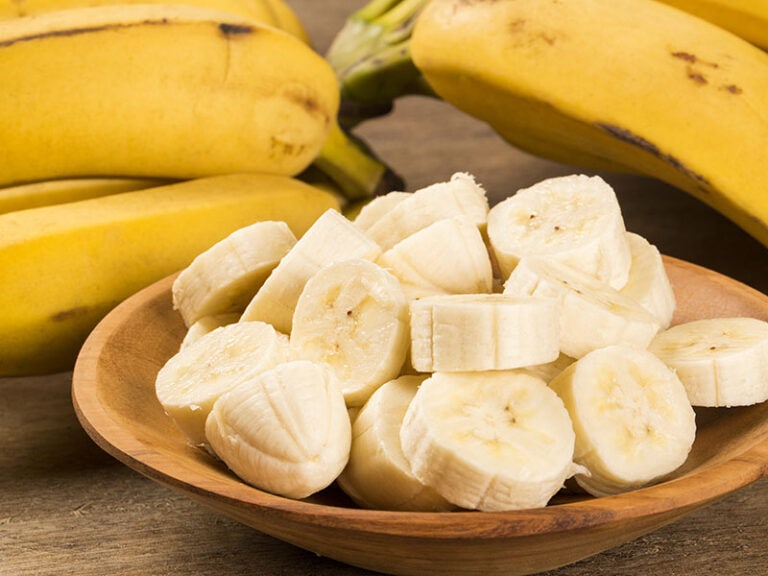
Banana
They’re versatile in culinary uses and rich in potassium.
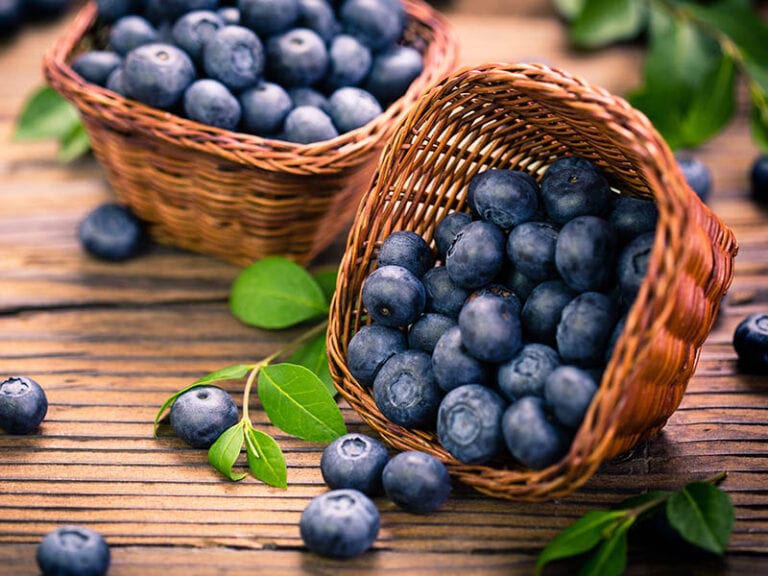
Blueberry
Blueberries are sweet and can be used in many recipes.
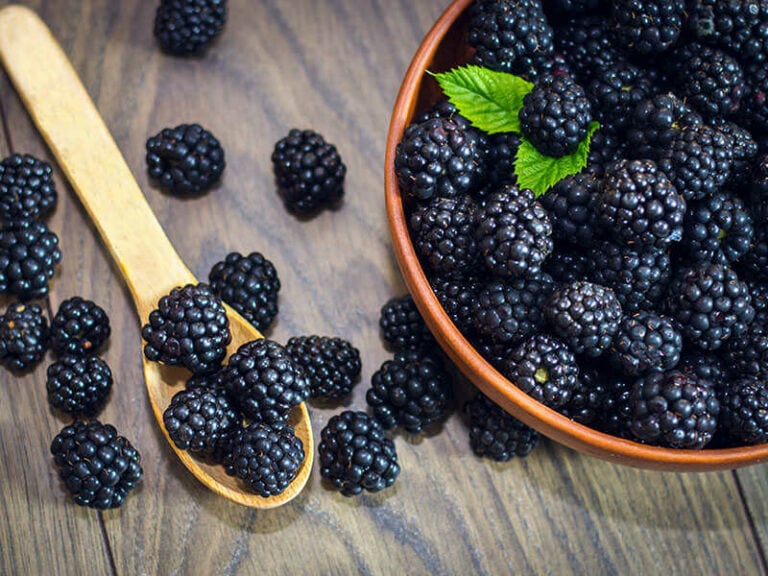
Blackberry
Blackberries have a sweet-tart taste, offering fiber and vitamins.
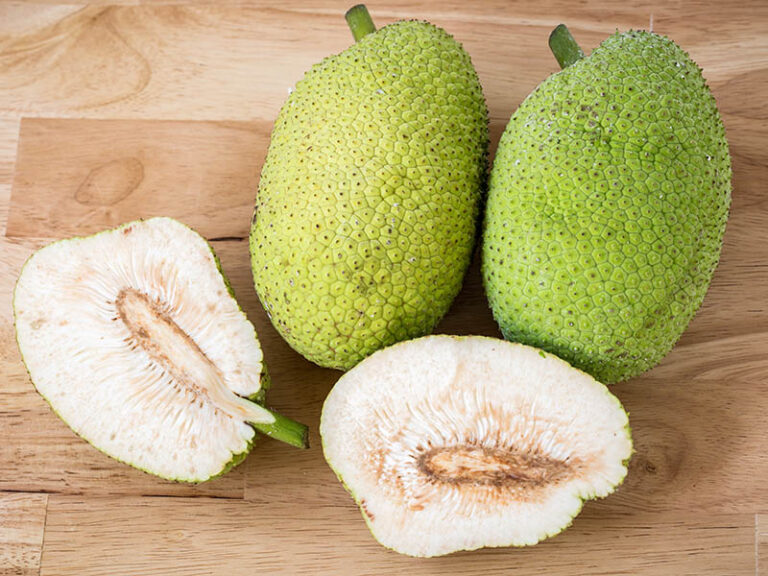
Breadfruit
They’re known for their starchy texture and potato-like flavor when cooked.
They’re known for their starchy texture and potato-like flavor when cooked.
And, of course, there are more wonderful fruits beginning with the letter B around the globe to explore.
Lastly, I hope this article has sparked your interest and inspired you to add more “B” vegetables to your meals. We’re eager to hear your thoughts and ideas about these veggies in the comments—don’t hesitate to share!
And remember, there’s a whole alphabet of vegetables waiting for you, from A to Z.


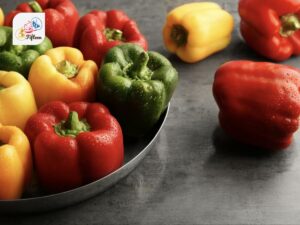
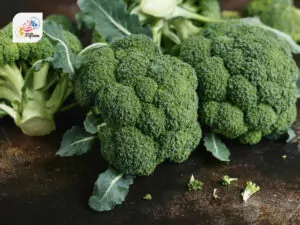
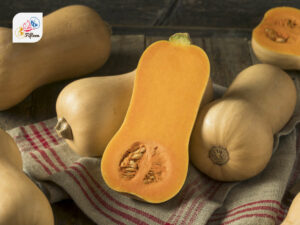
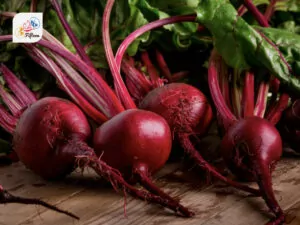
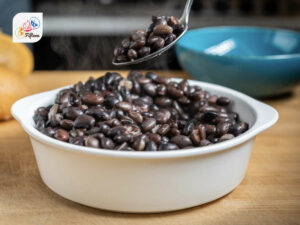
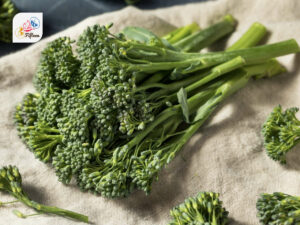
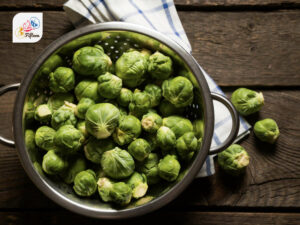
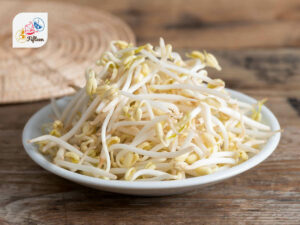
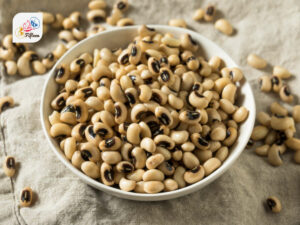
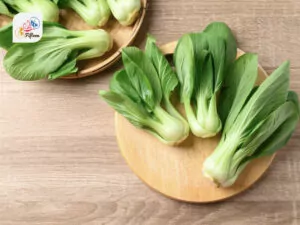
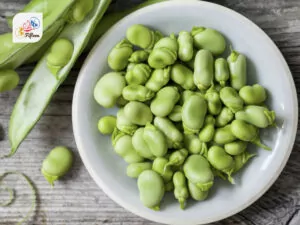
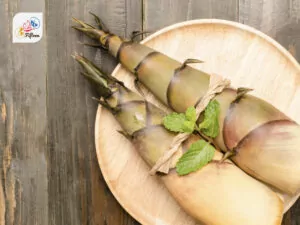
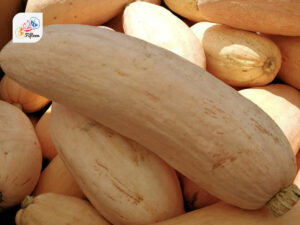
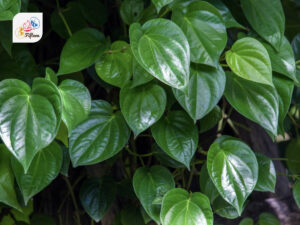
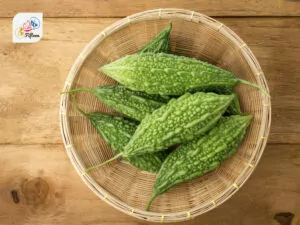
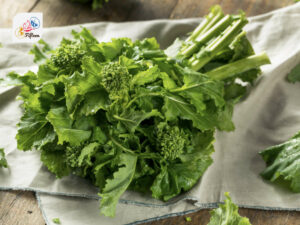
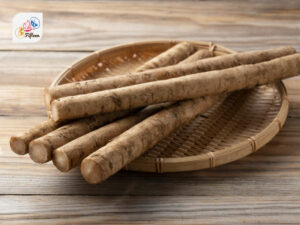
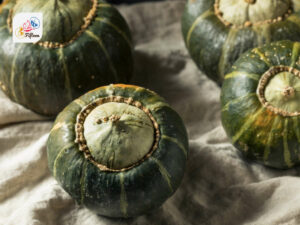
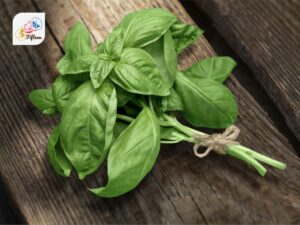


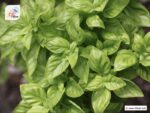
Jamie Scott
Editor in Chief, Senior Content Writer
Expertise
Home Cooking, Meal Planning, Recipe Development, Baking and Pastry, Food Editor, Cooking-video Maker, Western Food Evaluation Expert
Education
Le Cordon Bleu College of Culinary Arts
Local Community College, New York, NY
Jamie Scott is a skilled culinary expert and content creator specializing in Western cuisine. With over 15 years in the culinary field and formal training from Le Cordon Bleu, Paris, Jamie deeply understands how to blend nutrition with delicious flavors. His passion for cooking matches his commitment to making healthy eating accessible and enjoyable.
On Fifteen.net, Jamie brings a fresh perspective to classic dishes and beverages, offering readers insightful recipes, cooking tips, and a fresh view on meal planning that emphasizes taste, health, and simplicity.